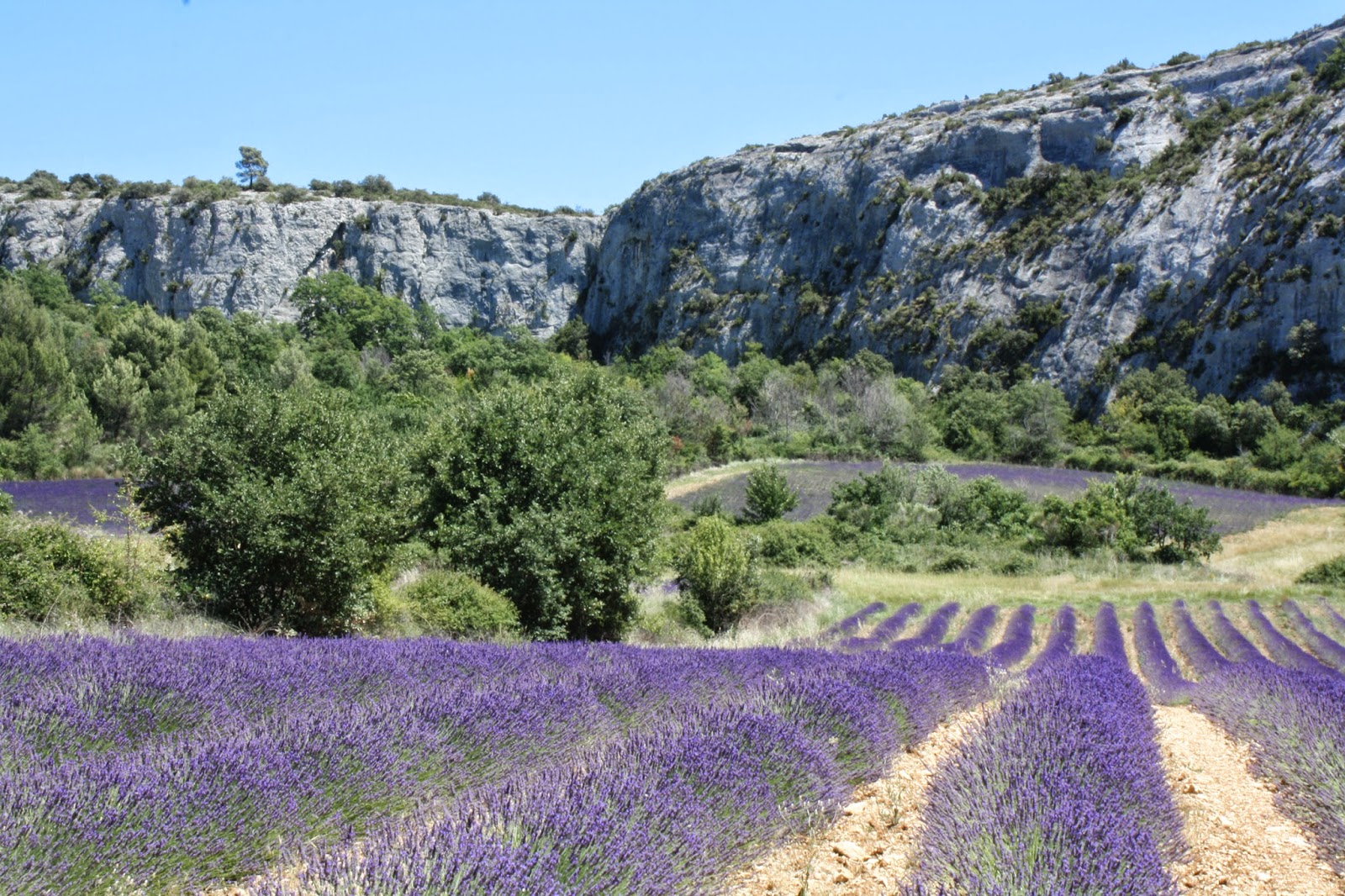 |
"Tree Amidst the Lavender Fields"
7.5 x 11, oil on linen
(c) Lesley Powell 2014 |
Good News! My painting "Tree Amidst the Lavender Fields" has been chosen to be part of the Tree Party juried exhibition, to be held at Ciel Gallery in Charlotte, NC. Many thanks to the juror, Andy Braitman, for selecting my painting for the show!
It's always a roll of the dice to enter work in a juried competition like this. The juror typically has hundreds or even thousands of images to review in a very short time. As a result, the decisions must be quick and are often arbitrary. I have had far more entries declined over the years than accepted. I always remember the story of a famous artist who had his painting declined








